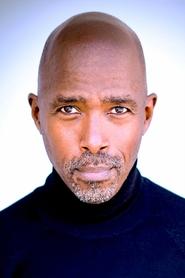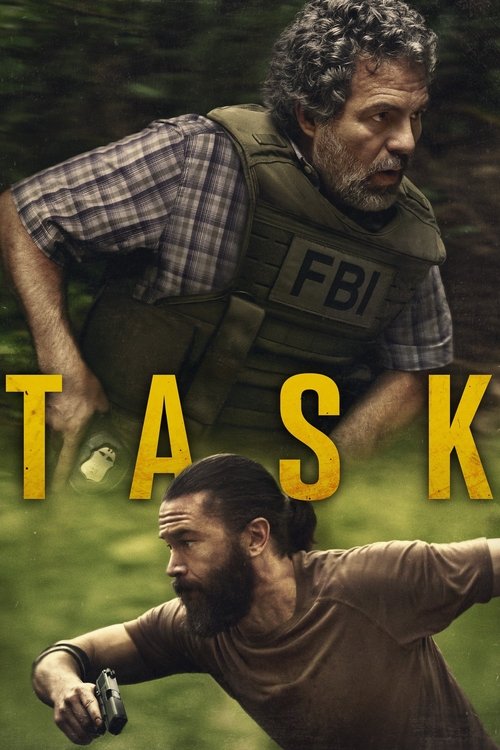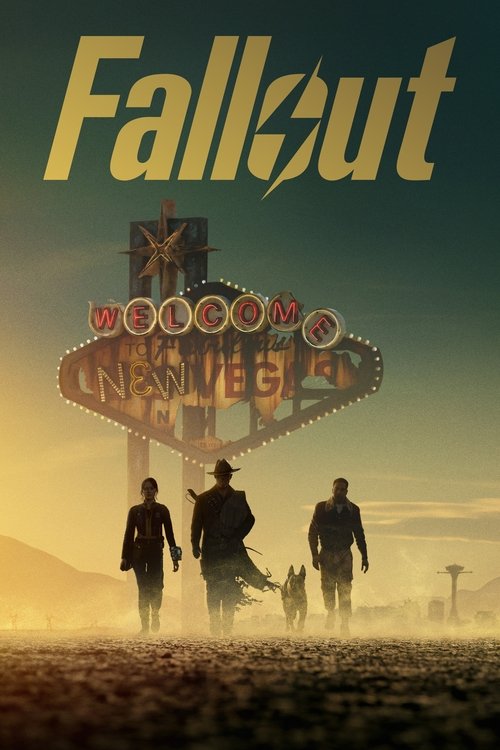
Ask Your Own Question
What is the plot?
The series "Smoke" begins with arson inspector Dave Gudsen investigating a series of fires in suburban neighborhoods. Dave is portrayed as a skilled but troubled man, juggling a tense relationship with his wife and her son while working on a semi-autobiographical novel. Early on, he is partnered with Detective Michelle Calderone, who has a traumatic past involving a fire set by her mother that deeply affected her childhood. Michelle is also involved in a complicated affair with her superior, Steven Burk. Their professional and personal lives intertwine as they pursue two serial arsonists terrorizing the city.
The narrative introduces Freddy Fasano, a loner and fast-food worker who is also an arsonist. Freddy is socially withdrawn and haunted by trauma, but he briefly opens up due to the kindness of a hairdresser named Brenda. Despite his attempts to connect, Freddy's story is marked by tragedy, illustrating how emptiness can lead to destructive behavior. His fires are separate from the main investigation but add depth to the theme of trauma and destruction.
As the investigation progresses, Dave and Michelle follow clues that lead them closer to the identity of the arsonists. Dave's charm and deceptive nature create tension, as he is revealed to be both an investigator and an arsonist himself, hiding his true self behind layers of lies. Michelle serves as the moral compass, driven by her painful history with fire. Their dynamic is central to the unfolding drama, with Dave's duplicity destabilizing their partnership.
Michelle learns that her mother, imprisoned for a fire-related crime from twenty years prior, is up for parole. Her brother asks her to provide a statement supporting their mother's release, forcing Michelle to confront her family's dark past. Meanwhile, Michelle is also rehabilitating a home on her own, channeling her anger and trauma into this project. These personal struggles run parallel to the investigation, influencing her decisions and emotional state.
The climax occurs in the finale episode titled "Mirror Mirror," where long-buried truths come to light. Dave's constructed identity and the stories he has told himself begin to unravel. The series culminates in a massive fire, described as "the fire of all fires," symbolizing both literal and emotional destruction. This final blaze serves as the explosive climax that the creator envisioned, bringing all character arcs and plot threads to a head.
Throughout the series, the tension between Dave and Michelle escalates, with confrontations that reveal their vulnerabilities and motivations. The final sequences depict their reckoning with the consequences of their actions and the fires they have been chasing or setting. The show ends with a powerful emotional and narrative resolution, emphasizing the destructive power of fire both externally and within the characters' lives.
"Smoke" is inspired by the true story of arsonist John Orr, who set fires in California during the 1980s and '90s. The series draws on this real-life case to explore themes of trauma, identity, and deception through its fictionalized characters and events.
What is the ending?
The TV show Smoke (2025) ends with Michelle Calderone arresting Dave Gudsen after a fiery confrontation in the woods. Michelle plants evidence to frame Dave for arson and murder, while a massive wildfire spreads from the ruins of Captain Steven Burke's home. Dave is taken into custody as rain extinguishes the blaze, symbolizing a cleansing moment. The finale leaves some ambiguity about Dave's true guilt but confirms his downfall and Michelle's moral victory.
The ending of Smoke unfolds scene by scene in a tense, dramatic sequence:
The finale, titled Mirror Mirror, opens with the aftermath of a car crash in the woods. Dave Gudsen crawls from the wreckage, injured but alive. Michelle Calderone finds him and immediately asserts control, kicking him, slamming him against the car, and pressing a gun barrel into his mouth. Despite the threat, she does not pull the trigger. Instead, a heavy rainstorm begins, pouring down in a moment that serves as both literal and symbolic cleansing.
Michelle has already planted a glove with Dave's DNA at the site of the blaze, ensuring physical evidence will link him to the crime. The fire, initially started at Captain Steven Burke's house, has spread uncontrollably to a nearby sawmill, driven by strong winds. This wildfire represents the chaos and destruction that has escalated throughout the series.
As Michelle arrests Dave, the narrative reveals that Dave's old manuscript contains details echoing unsolved arson cases, suggesting his deep involvement in the crimes. Meanwhile, Benji, an associate, quietly wipes a security feed that could implicate Michelle, though a copy of the footage still exists, hinting at unresolved threads.
The interrogation scenes that follow focus on the psychological unraveling of Dave. Despite mounting evidence, Dave refuses to admit guilt, maintaining a defiant smile even after Michelle physically assaults him. This moment highlights his complex character--both predator and partner, investigator and arsonist--whose constructed identity is finally collapsing.
Michelle's role as the moral compass is emphasized as she gains power over Dave, symbolized by her placing the gun in his mouth and reading him his rights. This act is a reversal of power dynamics, with Michelle seizing control in a way she had only observed in men before.
The rainstorm extinguishes the wildfire, marking the end of the physical destruction and metaphorically celebrating Michelle's victory over Dave. However, the finale introduces a new arsonist angle involving a lab fire started remotely by hacking into the security system. This plot thread remains open, suggesting future complications and the possibility of a second season.
In terms of character fates:
- Dave Gudsen is arrested, his identity and crimes exposed, but he remains defiant and enigmatic, leaving some ambiguity about the full extent of his guilt.
- Michelle Calderone emerges as the dominant figure, having orchestrated the framing of Dave and survived the moral and physical battles, though burdened by the consequences of her actions, including the accidental killing of Steven Burke.
- Steven Burke is dead, killed accidentally by Michelle in a previous episode, a fact that weighs heavily on her.
- Benji remains a shadowy figure, involved in covering up evidence to protect Michelle.
The finale closes on a note of reckoning and unresolved tension, with the wildfire extinguished but the deeper fires of identity, deception, and moral ambiguity still smoldering beneath the surface.
Is there a post-credit scene?
The TV show Smoke (2025) does not have a traditional post-credit scene. The finale episode, titled "Mirror Mirror," ends with a dramatic confrontation and symbolic rain cleansing after Michelle survives a deadly crash orchestrated by Dave Gudsen, who is revealed as one of the serial arsonists. The rain prevents Michelle from killing Dave, and she instead arrests him, bringing the story to a close with a sense of finality but leaving some room for future developments. There is no mention of a separate post-credit scene after the episode ends.
However, the series finale does leave a subtle open thread: deleted footage of Michelle at Steve's house is secretly saved by Benji, which could lead to conflict if the show is renewed for a second season. This is part of the closing narrative but occurs within the episode, not as a post-credit scene.
What motivates the arson investigator played by Taron Egerton to team up with the police detective?
The arson investigator, portrayed by Taron Egerton, unwillingly teams up with the police detective to investigate and stop two serial arsonists, driven by the urgency to prevent further destruction and uncover the truth behind the fires.
How does the relationship between the arson investigator and the police detective evolve throughout the series?
Their relationship evolves from reluctant partners to a complex dynamic as they uncover secrets and face twists together, with trust and tension building amid the high-stakes investigation.
What are some key secrets revealed about the two serial arsonists during the investigation?
The series reveals multiple secrets about the arsonists, including their identities, motives, and connections to the victims and investigators, which add layers of mystery and suspense to the plot.
What role does Rafe Spall's character play in the unfolding investigation?
Rafe Spall's character is involved in the investigation, contributing to the unfolding drama and twists, though specific plot details about his role are not fully detailed in the available summaries.
How do the investigators track and anticipate the arsonists' next moves?
The investigators use a combination of forensic analysis, profiling, and following patterns in the arsonists' behavior to anticipate and try to prevent further fires, leading to a tense cat-and-mouse dynamic throughout the series.
Is this family friendly?
The TV show Smoke (2025) is not family friendly and is rated TV-MA, intended for adult audiences due to its mature and intense content. It contains harsh language, including frequent use of strong profanity, and intense fire-related violence with scenes showing skin-peeling burns and burned victims. The show also includes a significant amount of sexual content, especially in the first episode, and explores dark themes such as arson, trauma, and psychological complexity.
Potentially objectionable or upsetting aspects for children or sensitive viewers include:
- Graphic and disturbing fire scenes with victims suffering severe burns.
- Intense and realistic violence related to arson and crime scenes.
- Frequent harsh and explicit language.
- Sexual content and mature themes.
- Emotional weight and psychological trauma depicted throughout the series.
The show is considered inappropriate for children and younger teens (ages 10–13) and is generally not recommended for most teenagers (14–17) due to its mature subject matter and emotional intensity.



























